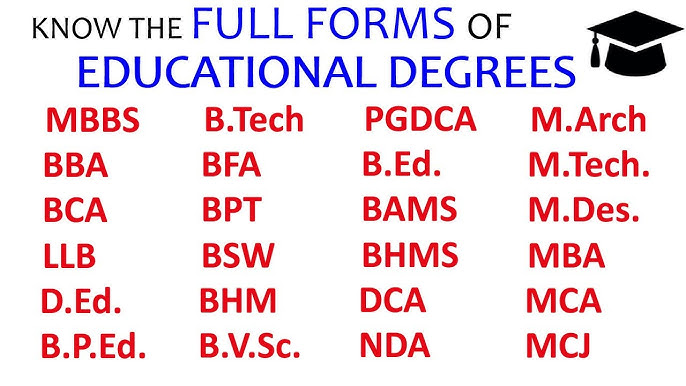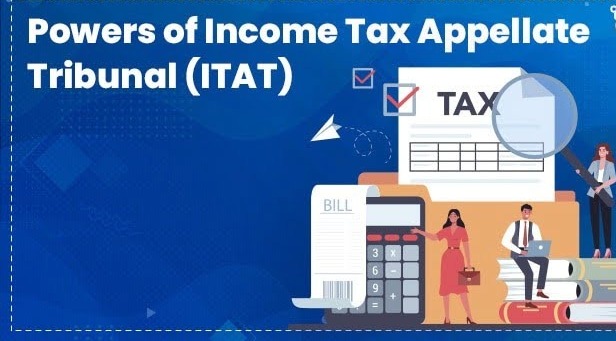Greaves, J.@mdashThis is an appeal by the defendants. The suit by the plaintiffs was for khas possession of certain land and for damages and for an injunction. The plaintiffs were Zamindars of a certain Pargannah which included the village in which, I understand, the defendants held some land and the dispute was with regard to certain land which the plaintiffs claimed as their khas land. Whereas the defendants alleged that this land had been let out to them and that the plaintiffs had no right to eject them. Both the lower Courts have decreed the suit in the plaintiffs'' favour.
2. Four points are urged before me. First, it is said that the lower Appellate Court wrongly excluded certain evidence that was tendered on behalf of the defendants, namely, the Settlement map and khatain forming part of the Record of Rights. It is said that this evidence could not be adduced in the First Court as the Record of Rights had not been finally published but that between the hearing before the Munsif and the hearing in the Appellate Court the Record of Rights had been published and that, accordingly, as the entries in the Record of Rights were alleged to be in the defendants'' favour, the lower Appellate Court should have admitted this in evidence to be given in favour of the defendants'' contention; secondly, it is said that the lower Appellate Court has not given effect to the statement; contained in Exhibit D, a petition which is referred to in the judgment; thirdly, it is said that the lower Appellate Court has not properly considered the effect of certain judgments, Exhibits K and L; and lastly, it is urged that the heirs of one Musammat Amina Khatun, defendant No. 5, who died after the institution of the suit, should have been brought on the record.
3. So far as the last point is concerned, no issue was raised with regard to this before the Munsif. Nor was the point argued in the lower Appellate Court. Under the circumstances, it is not open to the defendants to raise it in appeal to this Court.
4. So far as Exhibits K and L are concerned, what the learned Judge says is this, that these documents do not show what was the area let out in Mandali to Golam Aliba. Now, this being so. I do not see how they could really have any bearing upon the question in dispute. Admittedly, the defendants held certain land in the village and the only dispute was whether certain khas lands were included; in the area of their demise. If these judgments, as already stated, did not show what was the area demised, it seems to me that they could have very little bearing on the question that the learned Subordinate Judge, had to decide.
5. So far as Exhibit D is concerned the learned Subordinate Judge says that there is no evidence that the petitioner had any knowledge of the contents. Now, the original petition which had been filed in another suit had been destroyed along with the record of the suit which was a suit of 1893. A certified copy was produced. But, as the learned Subordinate Judge points out, the original was not signed by Jogeswar Narain and no proof WAS given of the truth of the statements contained in the certified copy of the petition. Under the circumstances, it seems to me that the learned Subordinate Judge is right in saying that this document had no evidentiary value.
6. The first point only remains now. Under the provisions of Order XLI, Rule 27, the Appellate Court is empowered to allow, in the circumstances stated in the Order, evidence to be produced which was not given in the First Court. No doubt the evidence could not have been given in the First Court for the reasons already stated. After all, it was for the Court to see whether the evidence would really have some value with regard to the Question propounded for decision. Now, the entry was no doubt before the Subordinate Judge: it was, as I understand, to this effect that the defendants were entered as persons entitled to and in possession of certain lands which were described as patit land and the right is said to have been intermediate Mandali permanent right but not Makarari. Now, the question really that the Court had to decide was whether the plaintiffs had established their title to the land or whether the defendants by virtue of their holding had right to this khas land, and I think it may well be that the learned Subordinate Judge in his discretion thought that this entry to which I have referred would not assist him in arriving at his decision with regard to the questions that were At issue before him. After all, the entries were only presumptive evidence and capable of being rebutted by evidence given on behalf of the plaintiffs. Under the circumstances, I am not prepared to say that the learned Subordinate Judge was not justified in not allowing this evidence to be given. After all, it is largely a question of discretion and not entirely a matter of right. I do not think that in second appeal under the circumstances I should interfere with or send the matter back for a consideration by the lower Appellate Court of this evidence.
7. In the result, the appeal fails and must be dismissed with costs.

